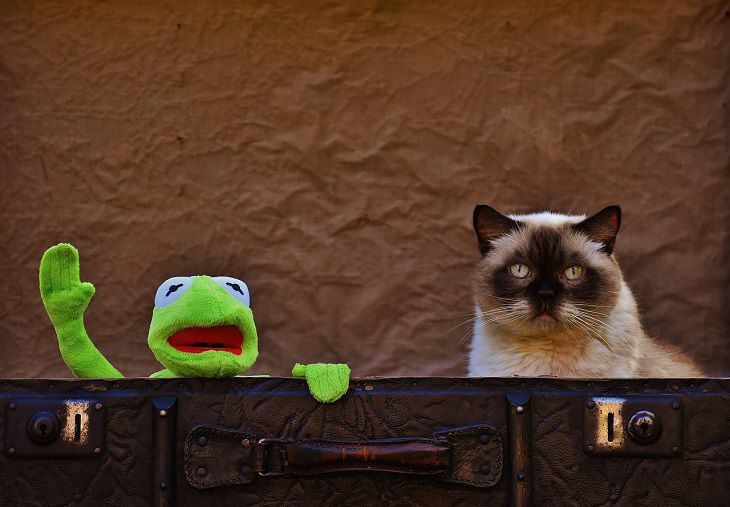Every pet owner wants their fluffy friend to live as long as it's possible - but how to achieve that?
There are lots of things that affect your cat's longevity, and knowing them can help you make the best choices to keep your pet healthy.
Let's find out more about the things that can make your cat live for many years.
Diet and Nutrition
A balanced and nutritious diet contributes to a cat's overall health and longevity.
Proper nutrition supports their immune system, helps maintain a healthy weight, and reduces the risk of certain health issues.

Preventive Veterinary Care
Regular veterinary check-ups and preventive care can identify and address potential health issues early on.
Vaccinations, parasite control, and dental care all contribute to a cat's well-being and lifespan.
Stress Levels
Minimizing stress is crucial for a cat's longevity. Changes in environment, routine, or the addition of new pets can contribute to stress.
Providing a stable and comfortable living environment is beneficial.
Exercise and Mental Stimulation
Regular exercise and mental stimulation contribute to a cat's overall health.
Interactive play, scratching posts, and environmental enrichment activities help keep them physically and mentally engaged.
Spaying/Neutering
Spaying or neutering your cat not only prevents unwanted litters but also reduces the risk of certain health issues, contributing to a longer and healthier life.
Social Interaction
Cats are social animals, and positive social interaction with their owners or other pets contributes to their emotional well-being.
Strong bonds and companionship can positively affect a cat's overall quality of life and potentially extend their lifespan.
Preeviously, we've talked about cheetahs.









